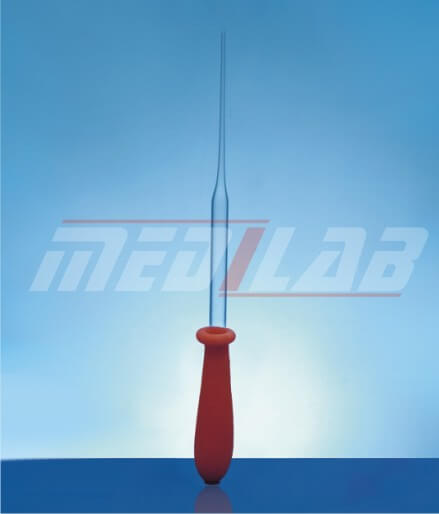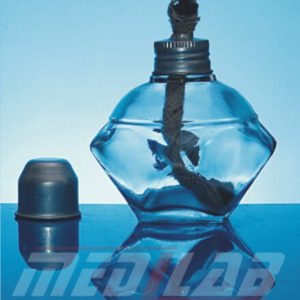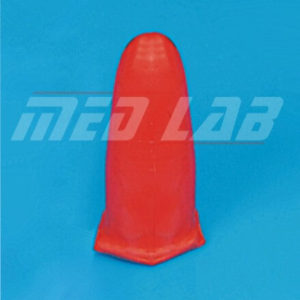Description
A Pasteur Pipette with Rubber Teat is a laboratory tool used for transferring small volumes of liquid with controlled suction. Featuring a glass tube and flexible rubber bulb, it is widely used in biology, microbiology, and medical laboratories.







